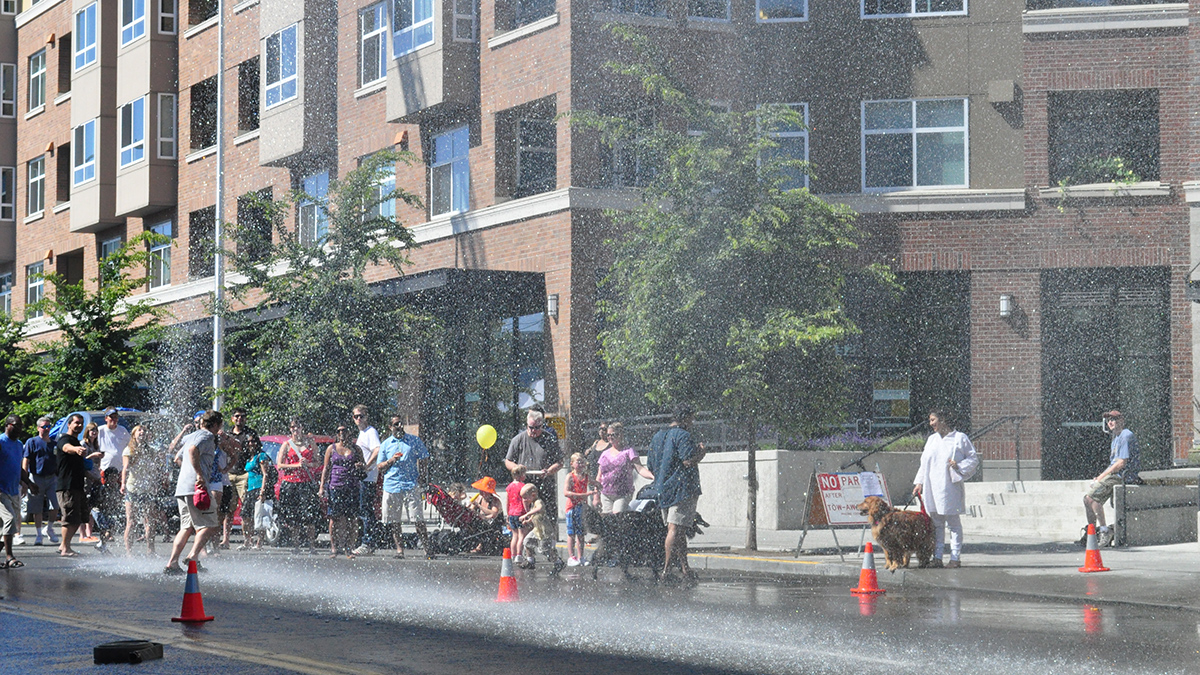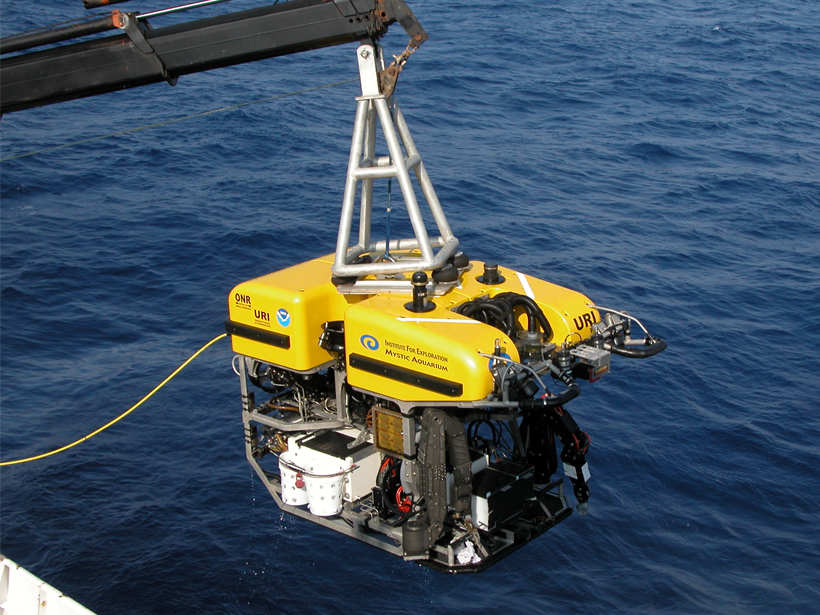Data from personal weather stations power a novel way to detect urban heat islands.
New York
As Climate Changes, So Do Gardens Across the United States
Warmer winter temperatures have altered frost patterns and growing seasons across the United States, forcing botanical gardens and arboretums to adapt.
What 92 Years of Data Say About Ice Cover
New research on Mohonk Lake in New York investigates how changing ice phenology alters temperature dynamics in lakes.
Reactive Barriers Could Keep Nitrate out of the Atlantic
Microbes in mulch scrub nitrate from groundwater before it flows to the sea.
A disruptive landslide in Westchester County, New York
The Landslide Blog is written by Dave Petley, who is widely recognized as a world leader in the study and management of landslides. On 21 October 2023 a small but disruptive landslide occurred in Westchester County in New York in the US. The landslide is notable because it blocked the track of the Metro-North’s Hudson […]
Finding Climate History in the Rafters of New York City Buildings
When renovating in the Big Apple, you might acquire a several-hundred-year-old climate database along with your new kitchen and bath.
New England Forests Were Historically Shaped by Climate, Not People
A first-of-its-kind study combining paleoecology and archeology indicates that the New England landscape was not actively managed with fire prior to European arrival.
Investigating Rates of Microbial Methane Munching in the Ocean
Analyses of microbial activity in seawater samples help clarify the fate of methane released from the seafloor.
Mapping Heat Vulnerability to Protect Community Health
Community leaders and scientists from two U.S. cities are combining public health data and heat maps to prepare residents for climate change–related health risks.
Coalition Resurrects Climate Advisory Panel Dissolved by Trump
A partnership between New York State, Columbia University, and others reestablished the panel, which will study how best to deliver climate data to state governments, cities, industries, and more.










